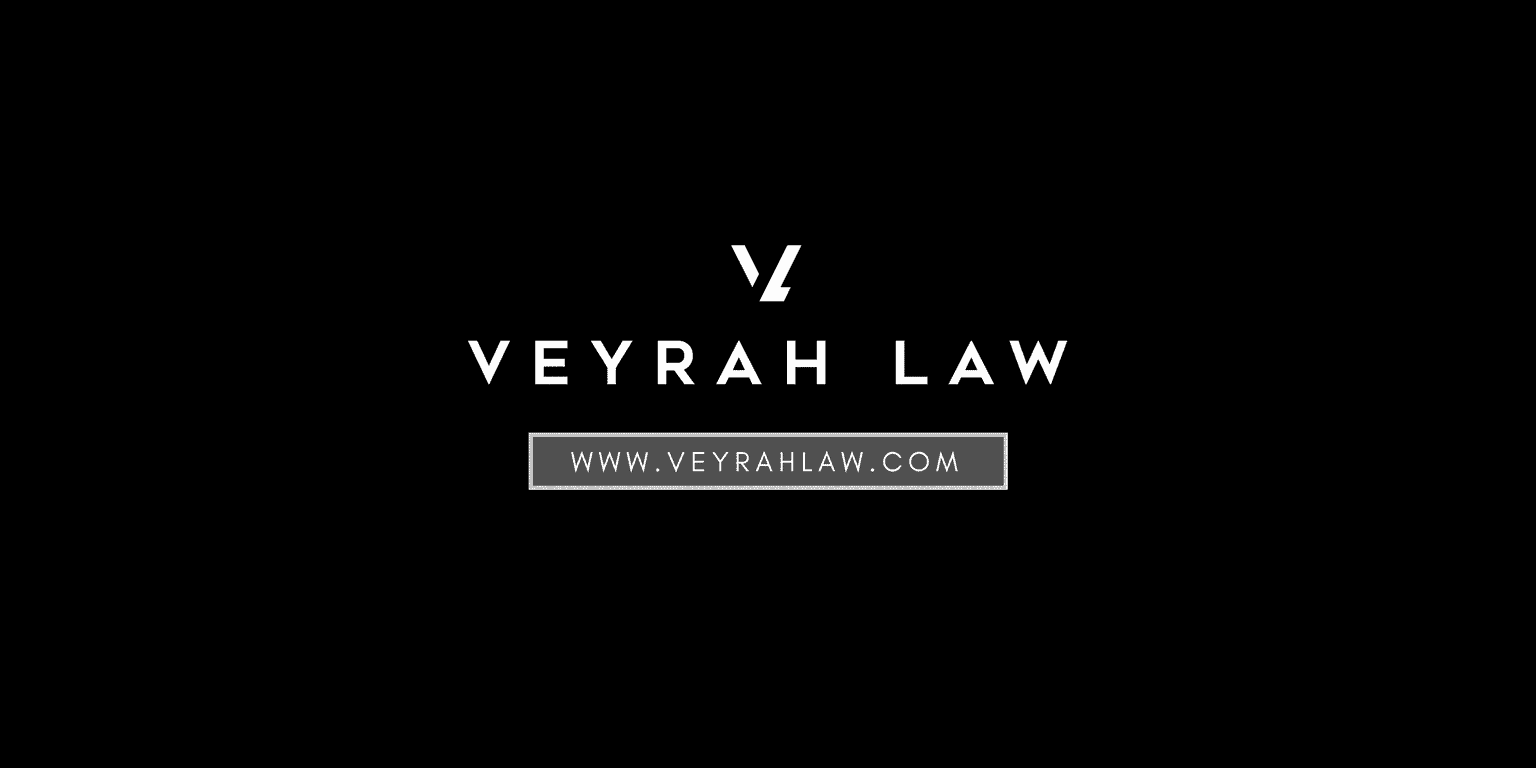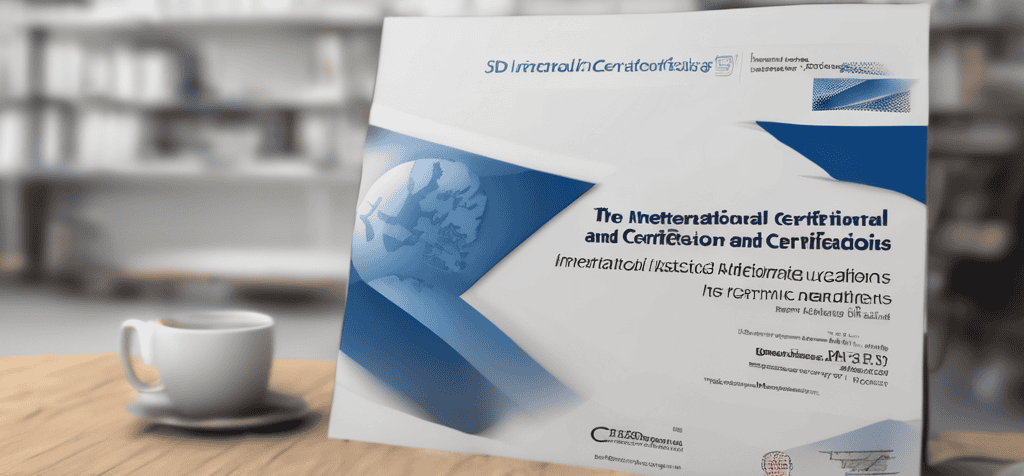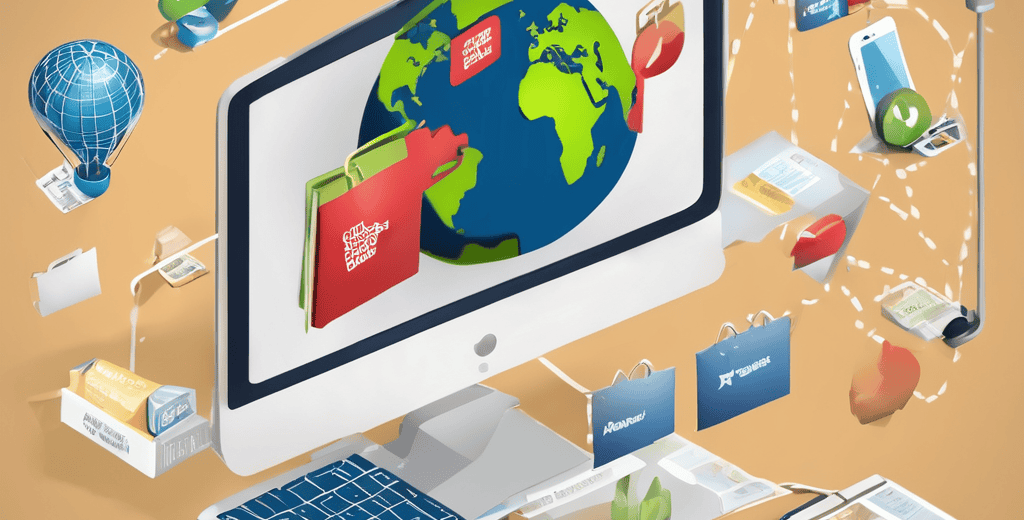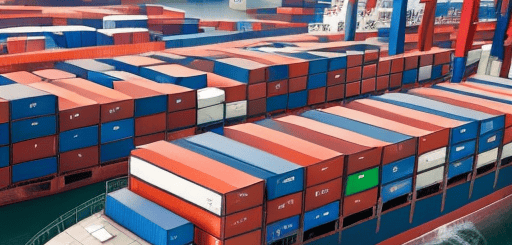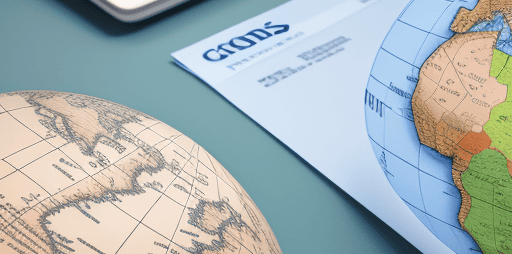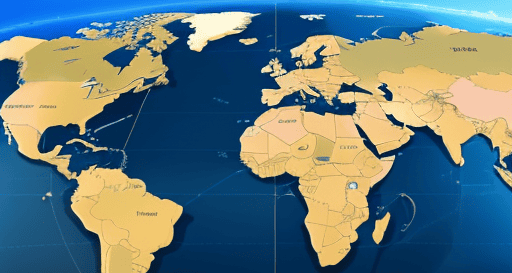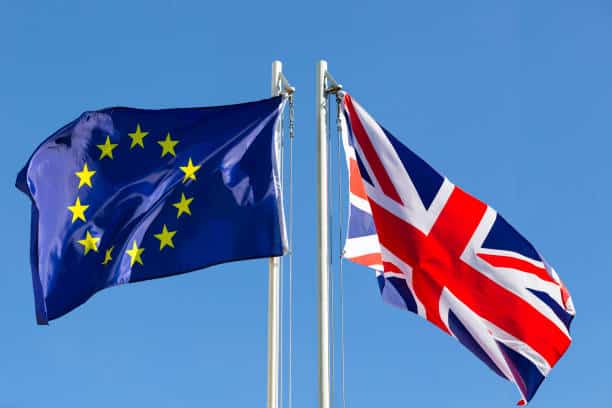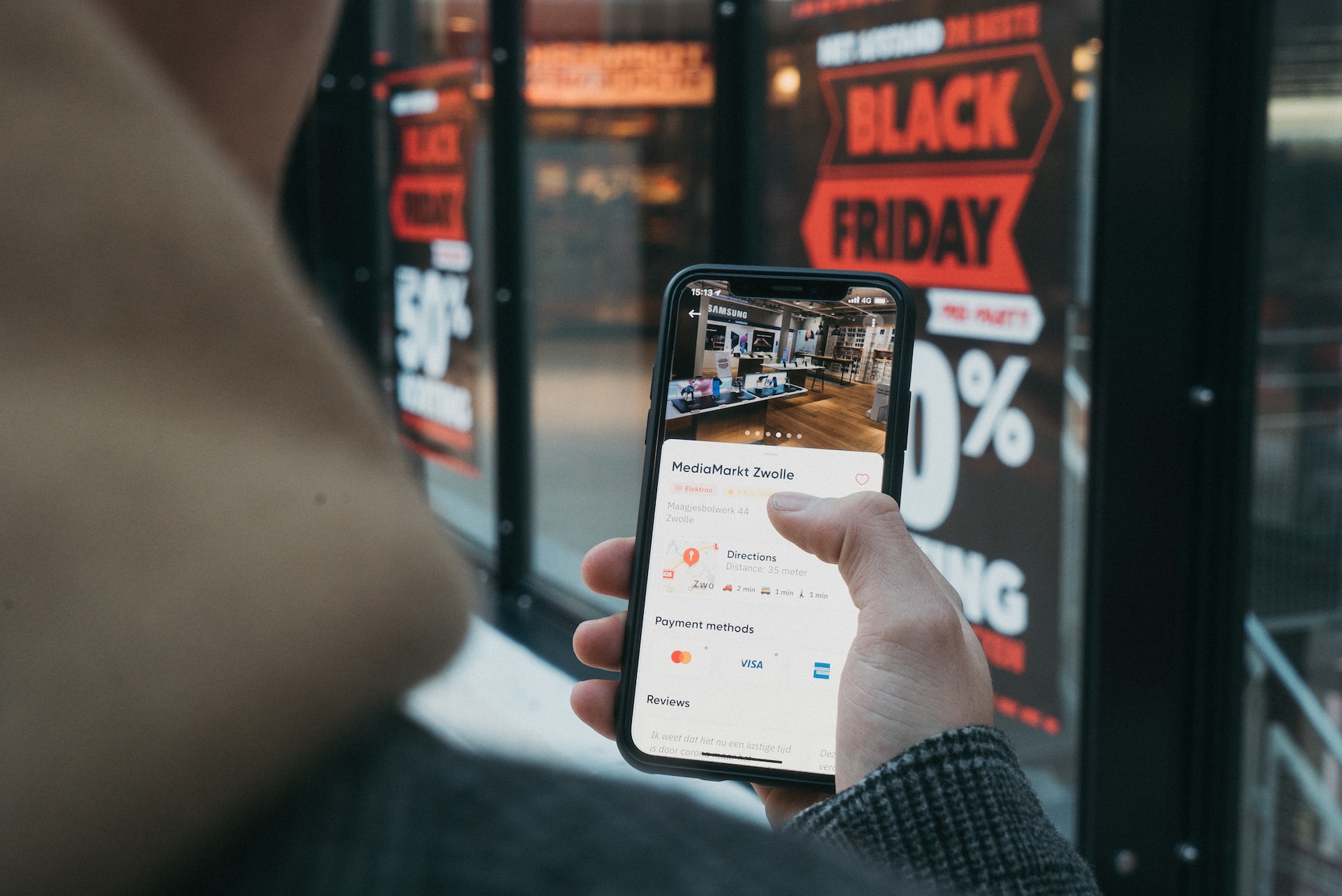Protecting your brand and products in international markets requires proactive measures, vigilant enforcement, and collaboration with stakeholders to combat counterfeiting, trademark infringement, and unauthorized distribution. By safeguarding intellectual property rights, ensuring supply chain transparency, and implementing anti-counterfeiting measures, businesses can preserve brand integrity, uphold consumer trust, and maintain market exclusivity in the global marketplace.
Expanding into international markets presents lucrative opportunities for businesses, but it also exposes brands to risks such as counterfeiting, trademark infringement, and unauthorized distribution. Protecting your brand and products in international markets is essential for maintaining brand integrity, preserving consumer trust, and safeguarding intellectual property rights. Here, we explore strategies for protecting your brand and products in international markets, ensuring market exclusivity and mitigating risks associated with unauthorized use or imitation.
Understanding Brand Protection Challenges in International Markets
- Counterfeiting and Piracy:
Counterfeit products pose a significant threat to brand reputation and revenue streams in international markets. Unauthorized reproduction and distribution of counterfeit goods undermine brand authenticity, compromise product quality, and erode consumer trust, leading to financial losses and legal liabilities.
- Trademark Infringement:
Trademark infringement occurs when unauthorized parties use identical or similar trademarks to market counterfeit or imitation products, confusing consumers and diluting brand value. Protecting trademarks through registration, enforcement, and monitoring is essential for preventing unauthorized use and defending brand identity in global markets.
- Unauthorized Distribution Channels:
Gray market goods, parallel imports, and unauthorized distribution channels pose challenges for brand owners seeking to control product distribution and pricing strategies in international markets. Unauthorized sellers may undercut prices, bypass quality controls, and undermine brand exclusivity, disrupting market dynamics and eroding brand equity.
Strategies for Protecting Your Brand and Products
- Intellectual Property Rights Protection:
Register trademarks, patents, and copyrights in target markets to establish legal protections and enforce intellectual property rights against infringement. Monitor trademark databases, online marketplaces, and social media platforms for unauthorized use of brand assets and take swift action against infringers to deter further violations.
- Supply Chain Transparency:
Maintain transparency and traceability in supply chains to prevent counterfeit goods from entering distribution networks. Implement product authentication technologies, such as holographic labels, RFID tags, or blockchain-based solutions, to verify product authenticity and track product movement from manufacturing facilities to end consumers.
- Anti-Counterfeiting Measures:
Deploy anti-counterfeiting technologies and security features to deter counterfeiters and protect products from unauthorized reproduction. Utilize tamper-evident packaging, serial numbers, and authentication codes to differentiate genuine products from counterfeit copies and empower consumers to verify product authenticity.
#BrandProtection #IntellectualProperty #CounterfeitPrevention #TrademarkInfringement #SupplyChainTransparency #AntiCounterfeiting #GlobalBranding #BrandIntegrity #ConsumerTrust #InternationalMarketStrategy
Read more views













